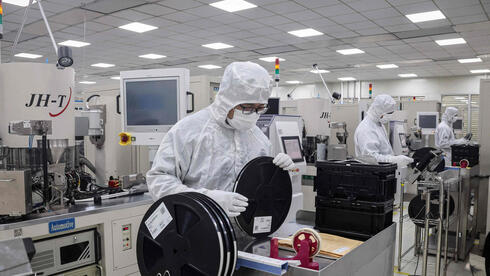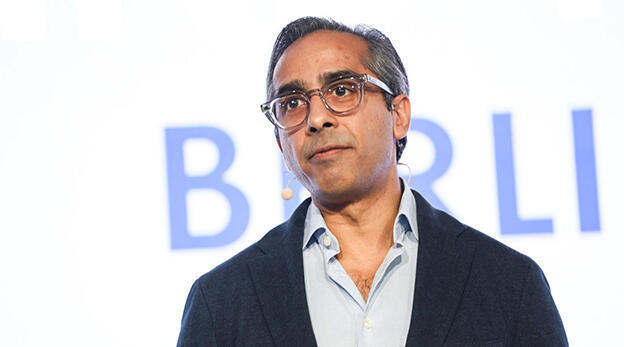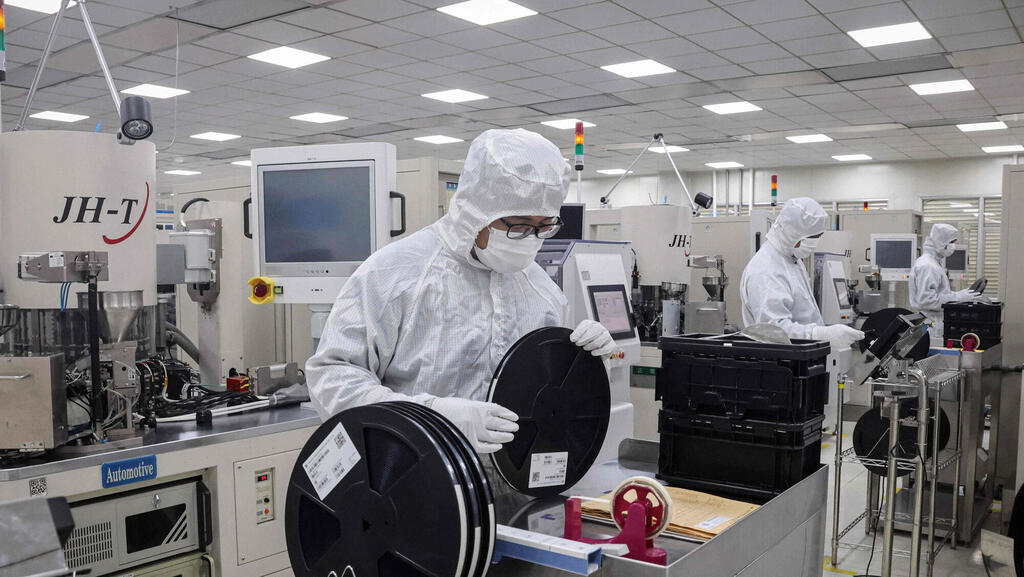
From ‘Made in China’ to ‘Anywhere but China’
Tech giants are embracing the ‘China Plus One’ strategy, shifting factories to Southeast Asia and Latin America.
In recent decades, China has become the manufacturing base of the modern economy, particularly for the technology products that drive it. A combination of a large and relatively inexpensive labor force, a talented engineering workforce, and the ability to set up production lines that are not only efficient and fast but also flexible—allowing for rapid changes and adjustments—has made the country a favored destination for companies like Apple, Samsung, LG, Tesla, Dell, HP, and others. These companies develop their products in the United States but manufacture a significant portion of the components and assemble the final products in China. In the past, "Made in China" carried a negative connotation, implying low-cost and poor-quality goods. However, in recent years, it has become a hallmark of some of the world's most prestigious and desirable products.
But now, "Made in China" is taking on new negative connotations—not because of product quality but due to the renewed and escalating trade war between the United States and China. As a result, more and more technology companies are seeking manufacturing alternatives in other countries. Some aim to diversify their production base, others seek to avoid U.S. tariffs on Chinese exports, and some are looking to align with shifting geopolitical policies—or a combination of all three.
According to an annual survey by the American Chamber of Commerce in China, 30% of the 360 companies surveyed said they were considering alternative manufacturing locations or had already begun searching for them. About a quarter of technology and R&D companies reported that they had started shifting their supply chains out of China. As a result, "Made in China" is increasingly being replaced by the mantra “Anything but China” (ABC).
This shift is not entirely new. In recent years, technology giants have been diversifying their manufacturing base through a strategy known as “China Plus One” (C+1), which involves maintaining significant production in China while expanding manufacturing to another country. Apple is one of the pioneers of this strategy and has invested billions of dollars in manufacturing and assembly facilities in India. This investment is gradually paying off, and today Apple’s factories in India can produce the latest devices on a schedule similar to those in China, albeit at a significantly smaller scale.
However, the escalating tensions between the United States and China following Donald Trump’s return to the White House have significantly accelerated this trend.
“Customers don’t want China”
Until recently, companies primarily moved assembly lines out of China. However, according to an S&P report, they are now also relocating production lines for key components such as sensors, printed circuit boards, and batteries. "Such changes require large investments in machinery and spare parts, making the shift away from China much more permanent," the report noted.
This trend is particularly evident in the semiconductor industry. It follows the chip war sparked by the Biden administration in October 2022, which imposed restrictions on exporting high-performance chips to China for AI system development. These restrictions have since been tightened multiple times. Before the restrictions, China was one of the world’s largest centers for server production. Since their implementation, AI server assembly has increasingly shifted to countries like Malaysia and Mexico. Meanwhile, companies receiving grants under the Biden administration’s CHIPS Act—which allocated $53 billion to firms building chip factories in the U.S.—are prohibited from expanding semiconductor manufacturing in China for a decade.
Last November, it was reported that Applied Materials and Lam Research had instructed their suppliers to cease working with Chinese companies. In January, Advanced Energy Industries, which produces power systems and other chip manufacturing components, announced it was closing its final factory in China and relocating production to the Philippines and Mexico. “A lot of that is because our customers don’t want us to manufacture in China,” explained CEO Stephen Kelly.
“The situation is becoming more challenging”
The biggest beneficiaries of this trend are Southeast Asian countries, which offer labor and energy costs comparable to China’s. In 2023, foreign investment in the region reached $230 billion—a 48.4% increase from the previous year. Chipmakers such as Intel, Infineon, and Micron are investing billions in new facilities in Malaysia and Singapore. HP has established production lines in Thailand. Meanwhile, Malaysia’s exports of chips, computers, and other electronics hit a record $137 billion in 2024.
Despite these shifts, China remains a dominant manufacturing hub. According to data from TrendForce, nearly all global laptop production was still based in China as of 2023. However, Vietnam and Thailand have significantly increased their share of production—Vietnam’s laptop output, for instance, has grown eightfold in four years. Still, China continues to supply 80% of all laptops worldwide.
If the current trend persists and accelerates, China risks losing a significant portion of its manufacturing business, which could deal a severe economic blow. As products—and the assembly lines that build them—become increasingly complex, companies must carefully evaluate not only how to handle existing facilities but also where to establish new ones.














